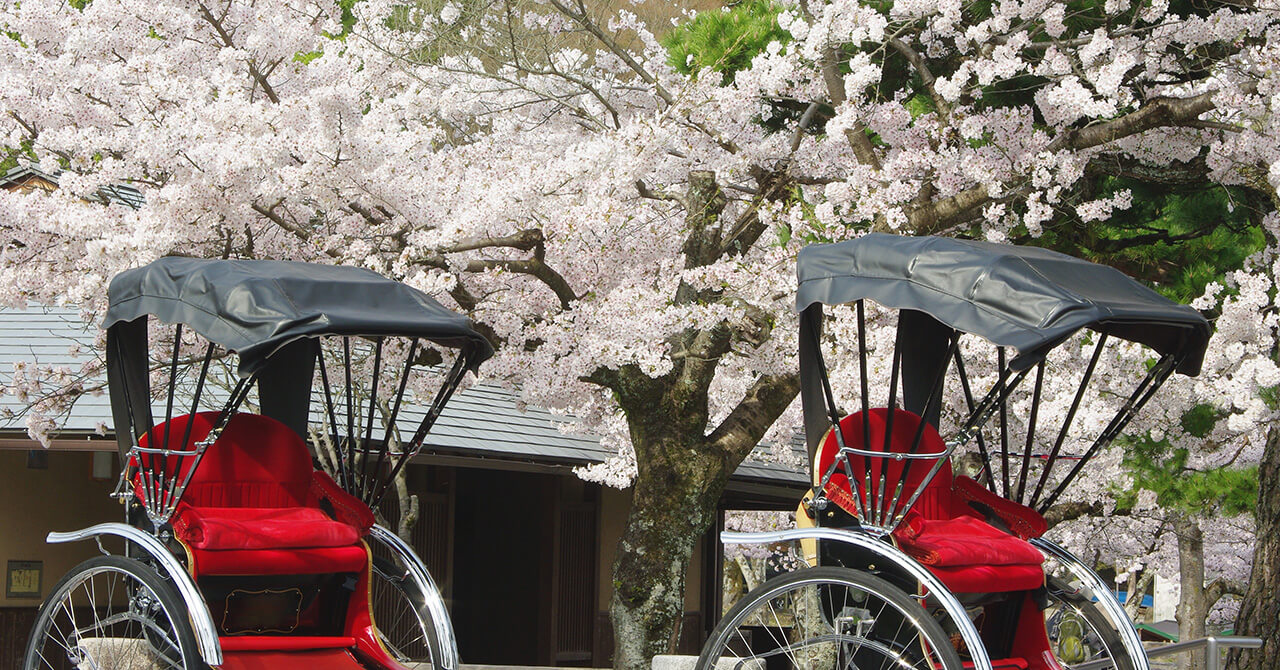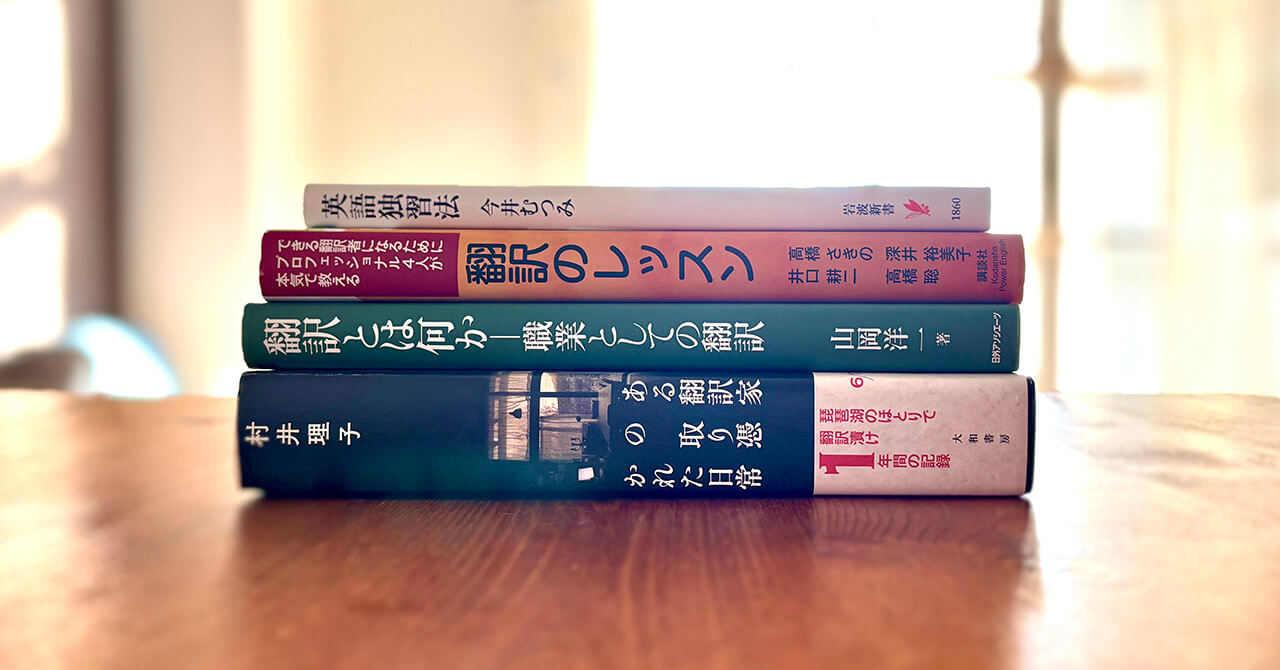- 2025.05.28
- スタッフブログ
【品質管理課ブログ】「最も抵抗の少ない道」とは(The path of least resistance)

今回は、ちょっと面白い言葉を紹介したいと思います。「最も抵抗の少ない道(the path of least resistance)」という表現を聞いたことありますか?
この言葉は、ある地点から別の地点に行くときの一番簡単でスムーズな経路を意味します。実は、自然界にもその例がたくさんあります。たとえば、昔の道は、動物たちが歩いた跡から始まったといわれています。動物たちは、山や森、草原の中で、安全で効率的なルートを選んで進んでいきました。その結果、人間たちもその「通りやすいルート」を踏み固めて道にしていったわけです。
そこで、今回のテーマは、この「最も抵抗の少ない道」と関連のある「最小努力の法則(the principle of least effort)」です。
(English follows Japanese)
「無理にがんばる」より「うまく工夫する」
さきほど「一番簡単でスムーズな経路」と書きましたが、ここでのポイントは「簡単」って何?ということです。
この点について、アメリカの言語学者ジョージ・キングズリー・ジップ(George Kingsley Zipf)の書籍『Human Behavior and the Principle of Least Effort』に、とても興味深い一節があります。
(二つの都市の間に山脈があるとして)最短距離、最短時間、最少労力のルートが同じになるとは限らない。たとえば徒歩で最短距離を選ぶなら、山脈の地下を掘り進まなければならず、ものすごい労力がかかる。最も早いルートは、山の頂上を越えるルートかもしれないが、これも大変な労力と危険を伴う。一方、一番「楽」なルートは、長時間かかって、山をくねくねと迂回して進む道かもしれない。
つまり、これら3つのルートは一致しない。徒歩の旅人は、距離・時間・労力のすべてを同時に最小限にすることはできない。では、彼はどの道を選ぶのだろうか?
これは翻訳にもそのまま当てはまると思いませんか?
「分かりやすさ」を最大限にしようとすると、「語彙の多様性、複雑性」、「文字数制限」といった他の要素を犠牲にしないといけないことが多いのです。そのため、訳文が人によってまったく違ったり、業界ごとに好まれる表現やスタイルが異なったりすることがよくありますね。
たとえば、契約書や特許文書では、一語一句の意味が重要で、少しでも誤解が生まれないように、あえて複雑な言い回しや繰り返しを使います。一方で、観光パンフレットや小説、アニメの字幕などは、ストーリー性重視で、かなり自由に訳されることもあります。これは「ローカライズ」や「トランスクリエーション」という手法でも知られています。
誰に向けて伝えるか
個人的に、これまで何度も見かけてきたのが、「厳密さが必要なプロジェクトなのに、妙に意訳感が強すぎるケース」や、逆に「マーケティング関連なのに、逐語訳すぎてまったく心に刺さらないケース」です。
もちろん、意訳も逐語訳も、それ自体が悪いわけではありません。むしろ、どちらも大切な方法です。でも、大事なのは「使い分け」ですね。そして、それを判断するには、クライアント・翻訳者・PMの間でちゃんと認識を共有して、コミュニケーションを取ることが不可欠です。
誰もエスパーではないので、「自分には当然」でも、他の人には伝わっていないことはよくありますよね。
だからこそ、「このコンテンツは誰のため?」、「どういうトーンが合ってる?」ということを全員で考えることが、よりよい翻訳・より伝わる文章への第一歩だと思います。私たちは、みんな同じチームなんですから!
Are you familiar with the phrase “path of least resistance”?
The path of least resistance is usually defined as the easiest course of action to take to go from point A to point B, and there are general examples of it in nature. The first roads were created by animals traversing through fields, forests, and mountains—oftentimes using the safest, most efficient route—and developed further by those that followed in their footsteps. That brings me to today’s topic—the related “principle of least effort.”
Work smarter, not harder
Let’s quickly go back to what I mentioned in the previous section—“easiest course of action.” Now let’s focus on that first word—“easiest.” What does it mean?
Here is an excerpt on the topic from Human Behavior and the Principle of Least Effort by American linguist George Kingsley Zipf(1):
If [two cities] happen to be separated by an intervening mountain range, then the respective paths of least distance, and of least time, and of least work will by no means necessarily be the same. Thus if a person wanted to go by foot from one city to another by least distance, he would be obliged to tunnel through the base of the mountain chain at a very great expense of work. His quickest course might be over the tops of the mountains at a great cost of labor and at great risk. His easiest path, however, might be a tortuous winding back and forth through the mountain range over a very considerable distance and during a quite long interval of time.
These three paths are obviously not the same. The foot-traveller between the two cities cannot, therefore, simultaneously minimize distance, time, and work in a single path between the two cities as the problem now stands. Which path, therefore, will he take?
Just as it becomes difficult to minimize distance, time, and work, it is difficult to maximize comprehension while minimizing or maximizing other factors like word variety, word complexity, or word count. That’s why, for example, translations can change drastically from person to person and why certain industries gravitate toward certain words and stylistic tones. People simply prioritize certain factors over others. Contracts and patents, for example, tend to be complex and precise, using as many words as necessary to convey concepts without leaving any shadow of a doubt. Tourism pamphlets, fiction, and even anime subtitles tend to be on the opposite side of the spectrum, veering into localization and transcreation to convey nuance naturally, sometimes at the expense of word-for-word precision.
Setting the tone
As a linguist, I can’t tell you how many times I’ve seen people expressing too much creativity in precision-oriented projects or companies sticking to dry, word-for-word expressions for their marketing. Creativity and precision are not inherently bad, and they’re both very useful tools. There’s just a time and place for everything. However, people aren’t mind readers, and things that are obvious to us might not be for others. So if there’s a mismatch between a project’s content and its tone, it’s important that everyone in the translation process—from clients to project managers to translators—communicate with one another and be on the same page. After all, we’re all on the same team here.
________________________________________
[1] Zipf, George Kingsley. Human Behavior and the Principle of Least Effort: An Introduction to Human Ecology. Addison-Wesley Press, Inc., 1949.
 |
|
品質管理課メンバー:アーケイン NY出身、科学と歴史のファン。昔はクリエイティブライティングにも熱中し、ファンフィクションをネットに投稿したこともあります。今でも、面白い世界を思い描いて、そこにどんな物語を織り込むかを考えるのが好きです。 もしファンタジーの世界に生きていたら、魔法使いや錬金術師になっているでしょう。ゲーム(ドラクエやFF)も大好きですが、筋トレにもはまっていて、将来強いおじいちゃんになるために週6回、ジムに通っています。
|
外国語対応でお困りですか? どうぞお気軽にお問い合わせください。
無料ご相談・お問い合わせフォーム関連記事

【品質管理課ブログ】特許の独特な表現
- スタッフブログ
- 2025.03.26

【品質管理課ブログ】外国語を楽しく勉強
- スタッフブログ
- 2025.03.12

【品質管理課ブログ】世界に羽ばたく日本の言葉
- スタッフブログ
- 2025.02.26

【品質管理課ブログ】わたしの好きな語学・翻訳関連書籍
- スタッフブログ
- 2025.02.13

【品質管理課ブログ】個人的に気になる駅名について
- スタッフブログ
- 2025.02.03

【品質管理課ブログ】Common Pitfalls When Describing Japanese Cultural Heritage Sites
- スタッフブログ
- 2024.12.25
